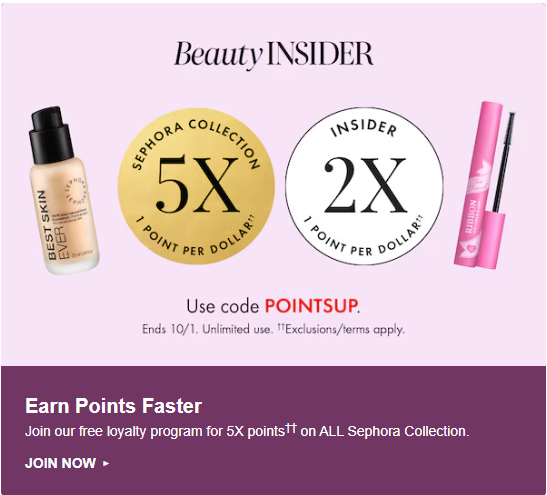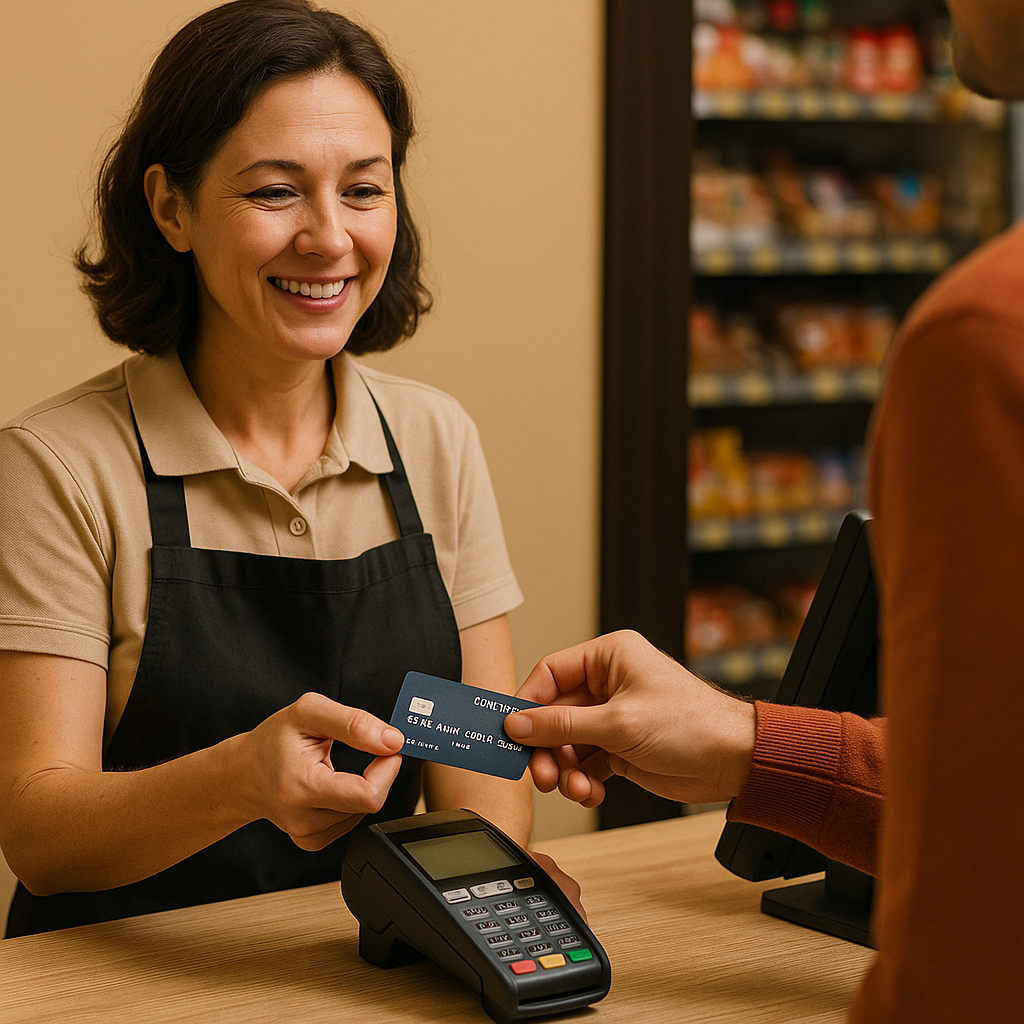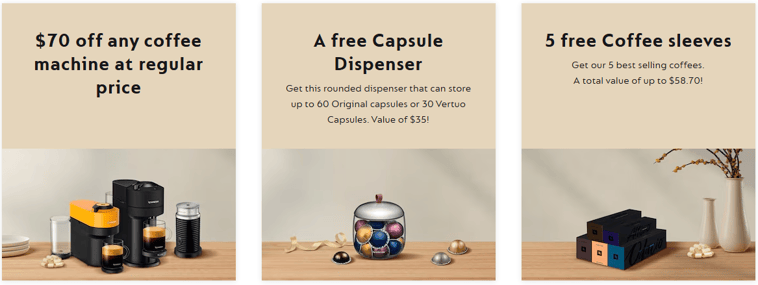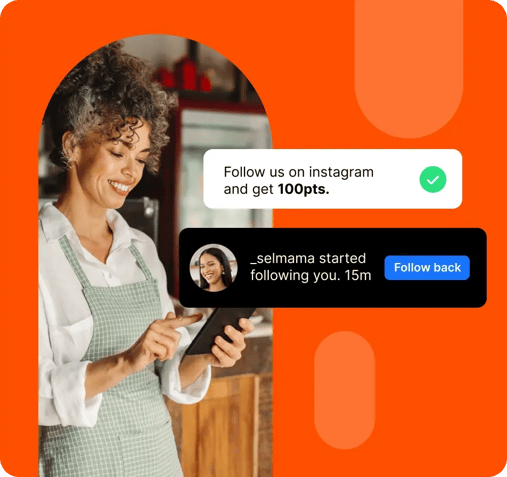5 Types of Loyalty Program Features and When to Use Them
Not all loyalty programs are created equal. The most effective programs use a variety of features that keep customers engaged at different moments in their journey, not just at the checkout. The secret lies in knowing which features to use, and when. It’s the strategic difference and deep understanding of your customers that set loyalty program success apart.
Here’s a breakdown of popular loyalty program features, why they work, and how they can work together simultaneously.
5 Popular Loyalty Program Features to Use
1. Lights Out Promotions
A Lights Out promotion is a fully automated, recurring campaign that runs seamlessly once it’s set up. The idea is simple: you could “turn off the lights” and walk away, and it would still continue operating in the background.
When should you run a Lights Out promotion?
Technically, you can run these any time, and setting up a Lights Out promotion is simple with DataCandy’s automated offers. Some of the common on-going Lights Out promotions include welcome offers, birthday rewards, and winback campaigns. Once you’ve set up triggers for each of these promotions (e.g. inactivity for 2 months, birthday month, membership anniversary), the system will launch them automatically without manual intervention.
Based on the data you have of your customers, you can personalize these campaigns according to your business goals.
- Want to encourage second (and consecutive) orders? Run an “Extra 500 points for your first order” Lights Out promotion.
- Want to re-engage customers that have been inactive for 2 months? Offer an attractive “Get 50% off your next order” reactivation promotion to bring them back.
These targeted and unexpected rewards feel generous and keep your brand top-of-mind. In today’s day and age where communications and ads are constantly pushed forward, sometimes an unanticipated reminder is all that’s needed to bring your brand back into awareness.
2. Points Multipliers
Points multiplier promotions are a great way to offer cost-saving deals to customers, especially when you have a selection of product categories and SKUs—all without cutting into your margins. These promotions nudge customers to add just one more item, increasing average order value. More points, more future rewards, more savings.
While you can run points multipliers on the entire catalogue for a “2X points sitewide” promotion, alternating these promotions on an SKU-based level can help preserve a sense of newness and offer differentiated value to customers. SKU-based points multipliers work because they tap into the psychological themes of value perception, anchoring effect, and scarcity effect. The urgency of the limited-time deal, value added from earning extra points, and comparison to other non-promotional items makes the deal even more attractive.
Ways to make SKU-based points multipliers make sense to your brand:
- Personalization: Have the data? Customize points multiplier promotions to your customer segments.
- Match them to seasonal days and special occasions: e.g. “Double points on holiday baking essentials” in December, or “Earn an extra 1000 points when you spend $70 or more on skincare” during the seasonal change period.

Example: Sephora Canada runs points multipliers throughout the year in two ways simultaneously: tier-segmented and SKU-based. While all membership tiers benefit from a hierarchical points multiplier promotion, their SKU-based points multiplier has the greatest multiplier effect of all. The value and anchoring effect on the highlighted SKUs allows customers to perceive it as a better deal compared to everything else—encouraging customers to take another look at the ‘Sephora Collection’, on top of the other products that they may be interested in.
Here’s how they made SKU-based promotions work.

3. Referral Rewards
This loyalty program feature is often used for customer acquisition through the mobilization of your existing customer base. People trust recommendations from friends and family more than ads, this is also why user-generated content (UGC) and reviews are perceived as more trustworthy.
The statistics are self-explanatory:
- Referred customers have a 30% higher conversion rate than those from other marketing avenues
- 82% of Gen Z consumers trust friends and family for product recommendations
- Referred customers have a 37% higher retention rate
And with referral rewards/bonuses, you can incentivize customers to spread the word.
To take it up a notch, offer double-sided referral rewards. For example, a pilates studio that offers a “Gift your friend a free trial class, and get $50 credit” referral bonus rewards both the existing customer and potential customer. That way, both parties benefit—everyone wins.


Example: Nespresso Canada’s double-sided referral program offers the referee a $70 discount on any regular priced machine, a free capsule dispenser, and five free coffee sleeves while the referrer gets $50 credit towards coffee capsule purchases. It’s an attractive incentive for both parties and with the assumption that this sale brings in a new, regular coffee drinker, that’s already one new recurring customer. Everyone wins.
4. Social Rewards
Loyalty program features can expand beyond the constraints of your website or app. When you integrate social media into your loyalty program, you open your brand up to much greater engagement opportunities, diversified reward schemes, and a stronger community.
In the first month of our client’s social reward campaign launch, they:
- Expanded brand visibility to over 45,000 new users and generated over 3,000 likes
- Built a loyal Instagram following, where 53% of new followers were loyalty members
With Social Rewards, you can tap into the power of word-of-mouth and community influence by incentivizing customers to share your brand with their networks. These rewards often encourage actions like following your business or tagging your business in social posts. Instead of relying solely on discounts, you’re leveraging authentic advocacy to expand reach and build trust.

Examples of campaigns:
- Reward members for linking an Instagram handle to your loyalty program to earn 50 points
- Follow your brand’s Instagram account for a free cookie
- Reward customers who share a photo or tag your business on social media with loyalty points or freebies
- Seasonal contests where posting with a branded hashtag enters members into a draw for exclusive rewards
5. Birthday Rewards
A popular rewards scheme that most loyalty programs adopt because it applies to everyone, and because it works. Customers are 45% more likely to shop on their birthday month if you send them a birthday offer and birthday emails generate 342% higher revenue per email when compared to standard promotional emails.

A thoughtful reward makes customers feel appreciated and valued beyond their spending, and leaves a positive impression of the business. Next time the customer needs to make a purchase, your business will stand out, because of how you made the customer feel on their special day.
Final Thought
The best loyalty programs don’t rely on a single feature. They use a smart mix of birthdays, surprise offers, multipliers, and referrals to keep customers engaged year-round. With the right tools and the data (like DataCandy), delivering those moments becomes effortless, turning everyday purchases into lasting loyalty.
Rewards keep them engaged—here are six ways to encourage redemption.
.png)